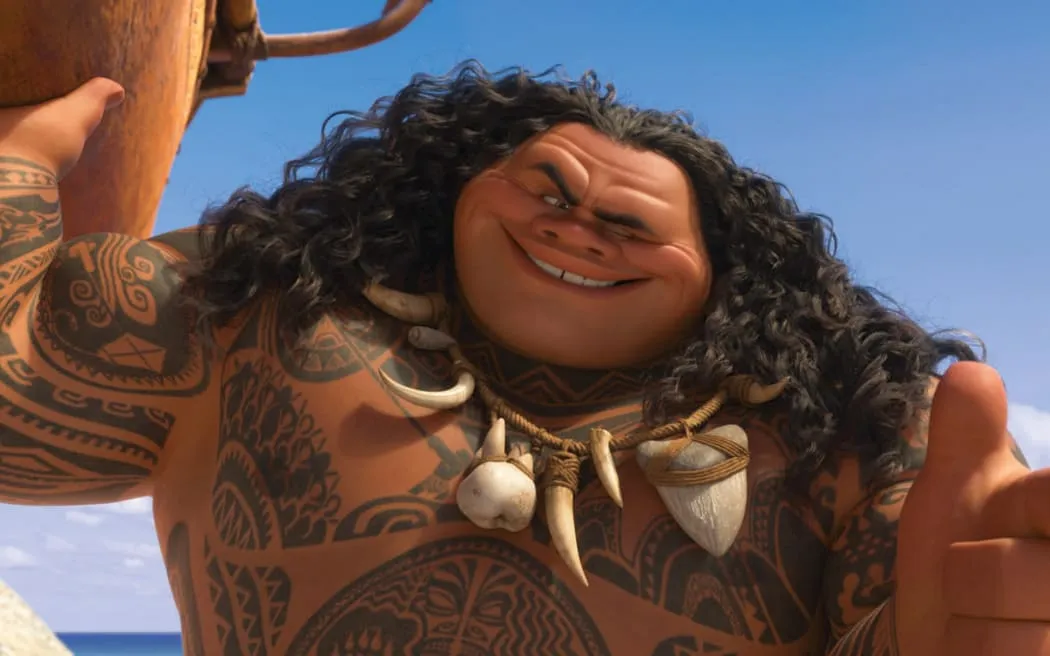Māui, the Demigod of Pacific Mythology: Separating Fact from Fiction in Moana
The Disney movie Moana has captured the hearts of audiences worldwide with its stunning animation and catchy soundtrack. However, one character stands out as a fascinating figure in Pacific mythology – Māui, the demigod. While Moana accurately captures the essence of the film’s protagonist, it also takes some creative liberties with the real-life Māui. In this article, we will explore who really was Māui and whether Disney got him right.
The Mythical Māui
Māui is a legendary figure in Pacific mythology, specifically in Polynesian cultures such as Hawaiian, Maori, and Samoan traditions. He is often depicted as a mischievous and cunning demigod with supernatural powers. According to myth, Māui was born to the god Tangaroa and his sister, whom he later married.
Māui’s exploits are legendary, with stories of him hauling islands across the Pacific, speaking with gods and creatures, and even bringing fire to the world from the goddess Mahuika. These tales contain layers of knowledge, explaining important aspects of the world and human behavior. Māui is often credited with slowing down the Sun’s journey across the sky, which provided a useful length of daylight for people.
The Spirit of Māui
Māui’s name means “Māui the youngest sibling,” which signals his characteristics as a free thinker and clever trickster. His stories are spread across Polynesia, reaching into Melanesia and Micronesia, with variations existing across different cultures.
One of Māui’s names is also associated with the school of Māori Studies at Victoria University of Wellington, where Mike Ross is the Head of School. This connection highlights the significance of Māui in Māori culture and his enduring impact on Pacific communities.
The Disney Version
Moana accurately captures the essence of Māui as a demigod with supernatural powers. However, some creative liberties were taken to make him more relatable to modern audiences. In the film, Māui is portrayed as a lovable but selfish character who eventually learns to use his powers for the greater good.
While this interpretation may appeal to viewers, it deviates from the original mythology. The real Māui was not only cunning and clever but also courageous, resourceful, and innovative. His actions had significant social and life lessons that continue to inspire Pacific communities today.
Conclusion
In conclusion, while Moana takes some creative liberties with the real-life Māui, it accurately captures his essence as a demigod with supernatural powers. By exploring Māui’s mythology and cultural significance, we can gain a deeper understanding of Pacific cultures and their enduring impact on our world today.
Kia ara ake anō te kawa a Māui – let the spirit of Māui arise. And enjoy the movie.
– Mike Ross, Head of School, Te Kawa a Māui, School of Māori Studies at Victoria University of Wellington

0 Comments